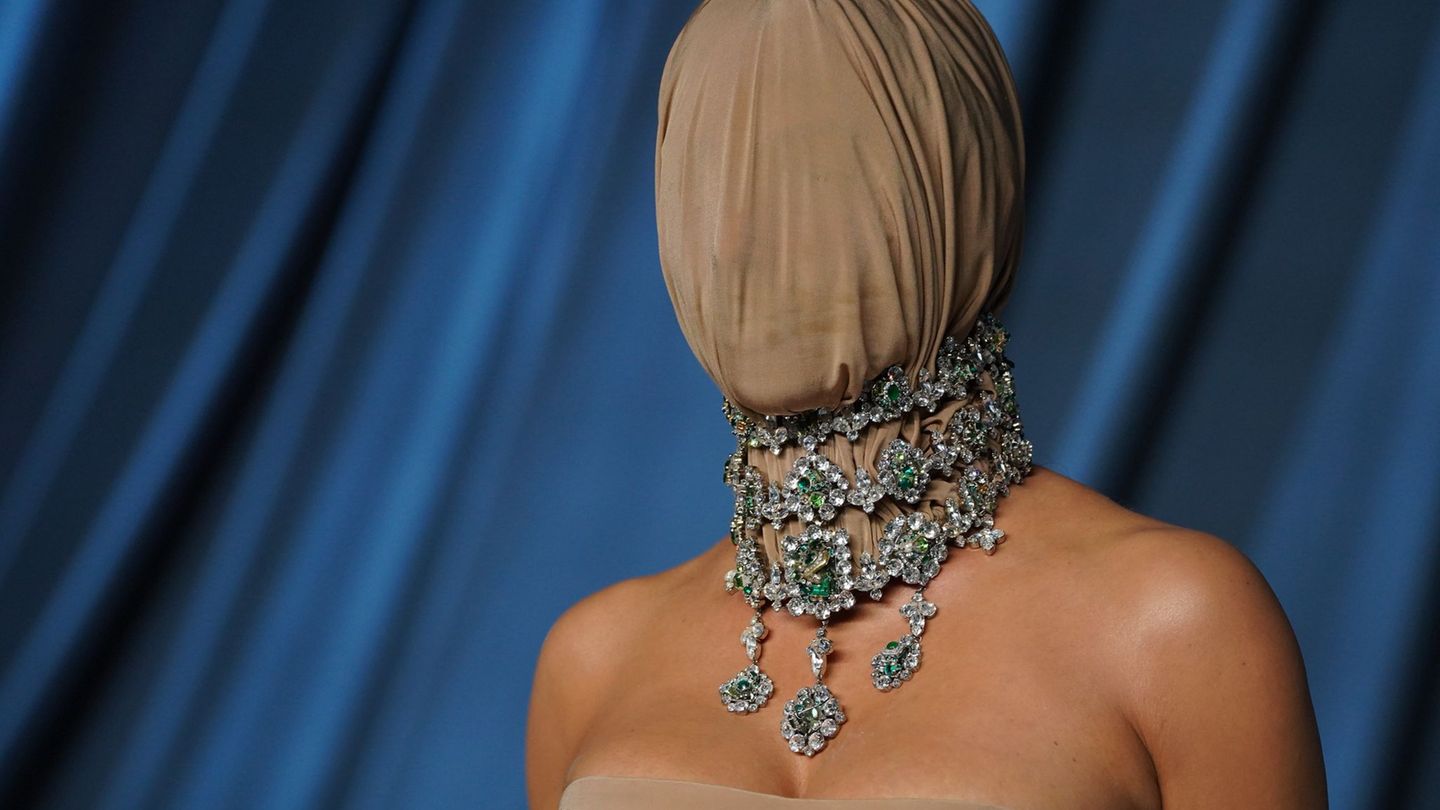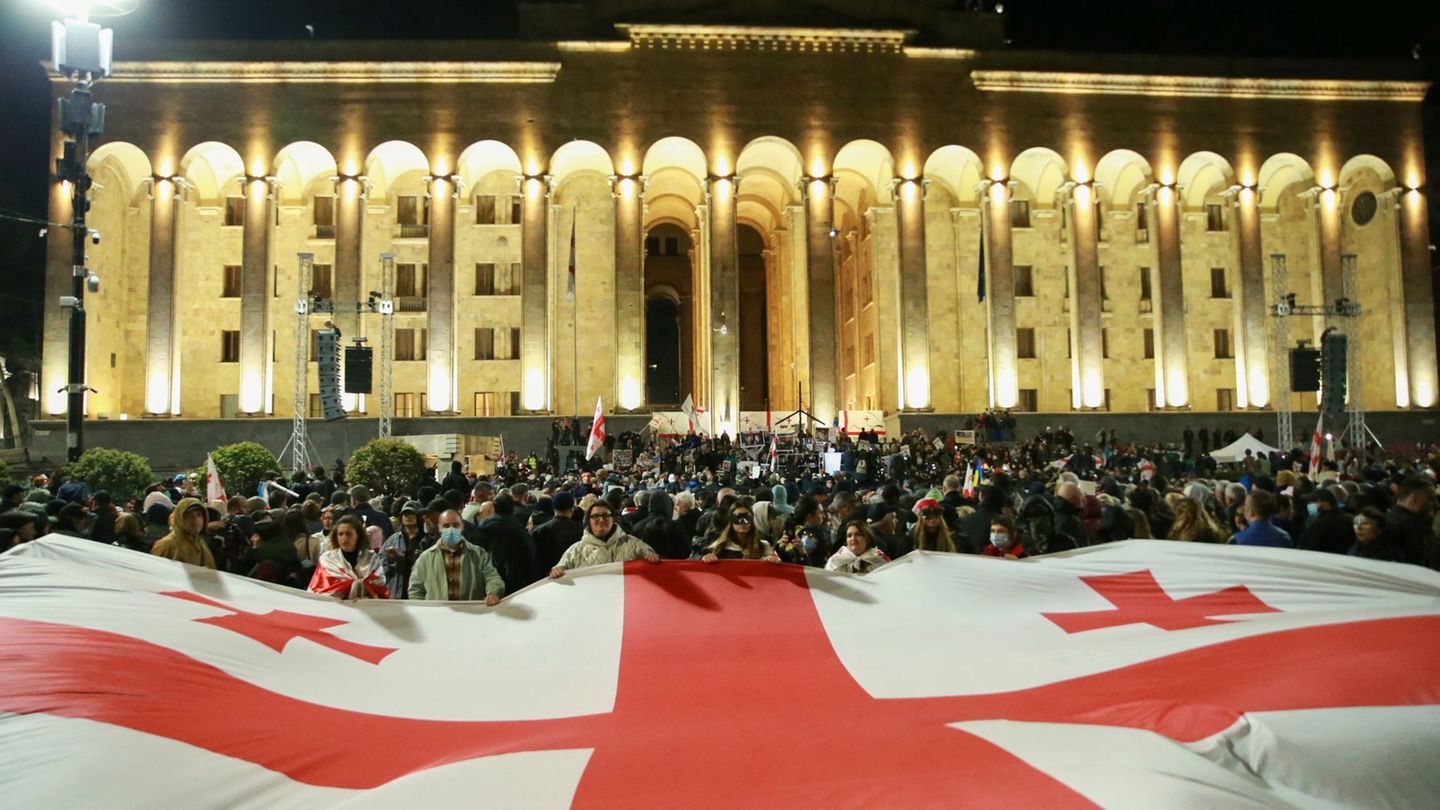However, for economist Joel Lupieri, from Epyca Consultoresit is precisely that uncertainty one of the reasons that explain this dynamic of weekly rise with a sharp drop in recent days. And he anticipates that “it is very possible that, these days, until some definitions of the future government begin to be known, exchange rates will fluctuate.”
But, on the other hand, Rocío Bisang, Eco Go analyst, points out that another key element is that, “in recent times, we have been seeing a important moderation in the economic discourse regarding what was said in the campaign”. The economist considers that this contributes to calming the markets in general.
Baglini’s theorem: key to the decline of the blue dollar
And he points out that what we see is related to the Baglini’s theorem In practice, it implies go from dollarization, chainsaw and lifting the stocks on the first day, as was said at some point, to a speech where the important thing is to give a fiscal signal first and in which they clarify that lifting the trap is going to take time. “They are showing a lot of more caution and good sense in terms of what you plan to do,” he points out.
That, evidently, is doing “let expectations moderate and results in the fact that parallel dollars are relatively calm and there is also a drop in the price of futures, a lot of optimism in Argentine assets, etc.,” according to Bisang.
Financiers arbitrate with the blue dollar
In fact, This Friday, the MEP dollar fell $33.6 to $972 and the gap with the official was 172% while the cash with settlement (CCL) fell to $36.8 and is trading at $925.2, marking a spread with the official one of 158.7%. Likewise, the crypto dollar or Bitcoin dollar was quoted around $978.12 this Friday afternoon.
Thus, Lupieri explains that “The blue dollar seems to have adjusted this Friday to the values exhibited by the MEP, which is generally a good alternative for savers looking to take positions in currencies.” This reduced the possibility of arbitrating one with another and it could be said that they reached a price that today could be taken as equilibrium.
Is the blue dollar at $1,000 an expensive price?
Christian Buteler, economist and expert in marketsalso adds as an important variable the fact that “it is difficult for a higher price to be validated and sustained because people have no rest to go to that square”.
It refers to that It is not that there are many sellers, but that there are few buyers, added to the fact that financiers are calmer. For him, “a dollar at $1,000 is expensive because it exceeds the evolution of inflation” and he believes that this makes it difficult to sustain it at that price.
Added to this is that, after showing strong increases at the beginning of the week (immediately known was the victory of the leader of La Libertad Avanza in last Sunday’s ballot), this Friday the future dollar contracts recorded a majority of losses in the Matba-Rofex due to the market expectation that, at least in the short term, the elected president Javier Milei will not promote dollarization in the Argentine economy. This also affects the fall of the blue dollar. For example, pairAs of April 2024, the value for the official priced in the contracts fell $35 to $1,170 and, by the end of May, fell $48 to $1,300.
Pressures in the blue market and de-dollarization
But, on the other hand, Gustavo Quintana, from PR Change Operators, points out that blue is “a market reduced by squeezes and pressures, which result in little activity.” In any case, it ensures that all dollars, including blue, are close to a similar price level. That is putting a ceiling on blue.
And he assures that this dynamic is undoubtedly influenced by the fact that Expectations of immediate dollarization have been diluted. “Everything is betting on what level the exchange rate will be starting in December and many agree that the current level will be close to that value,” says Quintana looking ahead to what is coming.
What’s next for blue: does it rebound or continue to decline?
But he has his doubts that this is really the case. And he warns that “more details are missing regarding what they plan to do in terms of economic policy, what the cabinet formationetc”.
Consequently, as Bisang points out, it will be key to look ahead How the announcements of the future government continue in economic matters. If the current discursive moderation is maintained and some of the names of the potential next ministers begin to be known, we can begin to see this calm of recent days being consolidated.
Now, if the speech of the future government becomes radical again and takes up the idea of dollarization and an immediate lifting of the stocks, We can once again see a rebound in the informal exchange rate going forward.
Source: Ambito
I am a 24-year-old writer and journalist who has been working in the news industry for the past two years. I write primarily about market news, so if you’re looking for insights into what’s going on in the stock market or economic indicators, you’ve come to the right place. I also dabble in writing articles on lifestyle trends and pop culture news.




